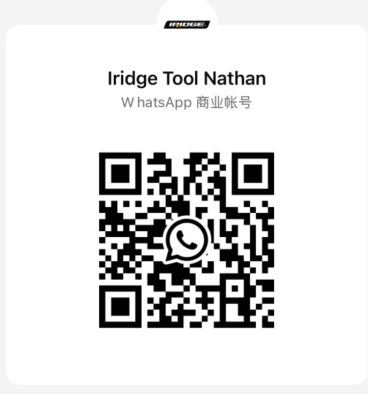A replaceable sprocket nose guide bar is a popular upgrade for chainsaw users who want improved performance, longer lifespan, and reduced maintenance costs. Unlike traditional solid-nose guide bars, this design features a removable sprocket at the tip of the bar, which rotates to reduce friction and chain wear. While highly beneficial, using a replaceable sprocket nose guide bar requires proper care and attention to ensure safety, efficiency, and longevity. Below are key precautions to follow when installing, operating, and maintaining this type of guide bar.
1. Proper Installation
Always install the replaceable sprocket nose guide bar according to the manufacturer’s instructions. Ensure that:
The chainsaw is turned off and the spark plug is disconnected (for gas models) or the battery is removed (for electric models).
The new bar matches your chainsaw model in terms of mounting pattern, bar length, and drive link count.
The sprocket is correctly seated and secured with the appropriate retaining clip or bolt. A loose sprocket can come off during operation, causing serious injury or damage.
The bar nuts are tightened to the recommended torque specification—over-tightening can damage the saw housing, while under-tightening may allow the bar to shift during use.
2. Correct Chain Tension
Maintaining proper chain tension is even more critical with a replaceable sprocket nose. An overly tight chain puts excessive strain on the sprocket bearings and can lead to premature failure. Conversely, a loose chain may jump off the bar or cause the sprocket to wobble. Check tension before each use:
The chain should pull snugly against the bottom of the bar but still be able to move freely by hand.
After initial use, recheck tension—new chains stretch slightly.
3. Regular Lubrication
The sprocket nose contains small bearings that require consistent lubrication to function properly. Chainsaw bar oil must flow freely to the tip:
Use high-quality bar and chain oil. Avoid substitutes like motor oil, which lack proper adhesion and lubricity.
Clean the oil delivery holes regularly to prevent clogging.
Inspect the oiler output occasionally by holding the saw near a piece of cardboard and running it briefly—you should see a clear oil trail.
Without adequate lubrication, the sprocket bearings will overheat and fail quickly, leading to costly replacements.
4. Inspect for Wear and Damage
Frequent inspection helps catch problems early:
Check the sprocket teeth for uneven wear, chipping, or bending. Worn teeth reduce cutting efficiency and increase vibration.
Spin the sprocket by hand—it should rotate smoothly without grinding or resistance. Roughness indicates bearing failure.
Look for cracks or deformation in the bar body, especially around the nose area.
Examine the drive links and cutter teeth on the chain; a dull or damaged chain accelerates wear on the sprocket.
Replace the sprocket nose as soon as signs of significant wear appear. Delaying replacement can damage the entire guide bar or cause unsafe operating conditions.
5. Avoid Ground Contact
Never let the chainsaw bar touch the ground during operation. Soil, rocks, and debris are extremely abrasive and will rapidly wear down both the sprocket and the chain. Even brief contact can embed grit into the sprocket bearings, shortening their life. Always cut above ground level whenever possible.
6. Use the Right Chain Type
Ensure compatibility between the chain and the sprocket nose. Using a chain with incorrect pitch or gauge increases stress on the sprocket and reduces cutting performance. Most replaceable sprocket noses are designed for standard chisel or semi-chisel chains—avoid specialty or aggressive cutting chains unless specified by the manufacturer.
7. Clean After Use
After each use, remove the guide bar and clean it thoroughly:
Wipe away sawdust, resin, and dirt from the bar groove and sprocket cavity.
Use a stiff brush or pick tool to clear debris from around the sprocket and oil ports.
Periodically remove the sprocket to clean internal components and inspect bearing condition.
Buildup of residue restricts oil flow and promotes corrosion.
8. Rotate the Bar Regularly
To ensure even wear, rotate the guide bar (flip it over) every time you sharpen or change the chain. This practice extends the life of both the bar and the sprocket nose.
9. Store Properly
When not in use, store the chainsaw in a dry place. Moisture leads to rust, especially on precision components like sprocket bearings. Apply a light coat of oil to metal surfaces if storing long-term.
A replaceable sprocket nose guide bar offers many advantages, including reduced friction, longer chain life, and lower long-term costs. However, these benefits depend on proper handling and maintenance. By following these precautions—correct installation, regular lubrication, routine inspections, and careful operation—you can maximize performance, ensure safety, and get the most value from your investment. Always prioritize safety: wear protective gear, keep hands and bystanders clear, and never rush a cut. With responsible use, a replaceable sprocket nose guide bar can serve you reliably for years.





